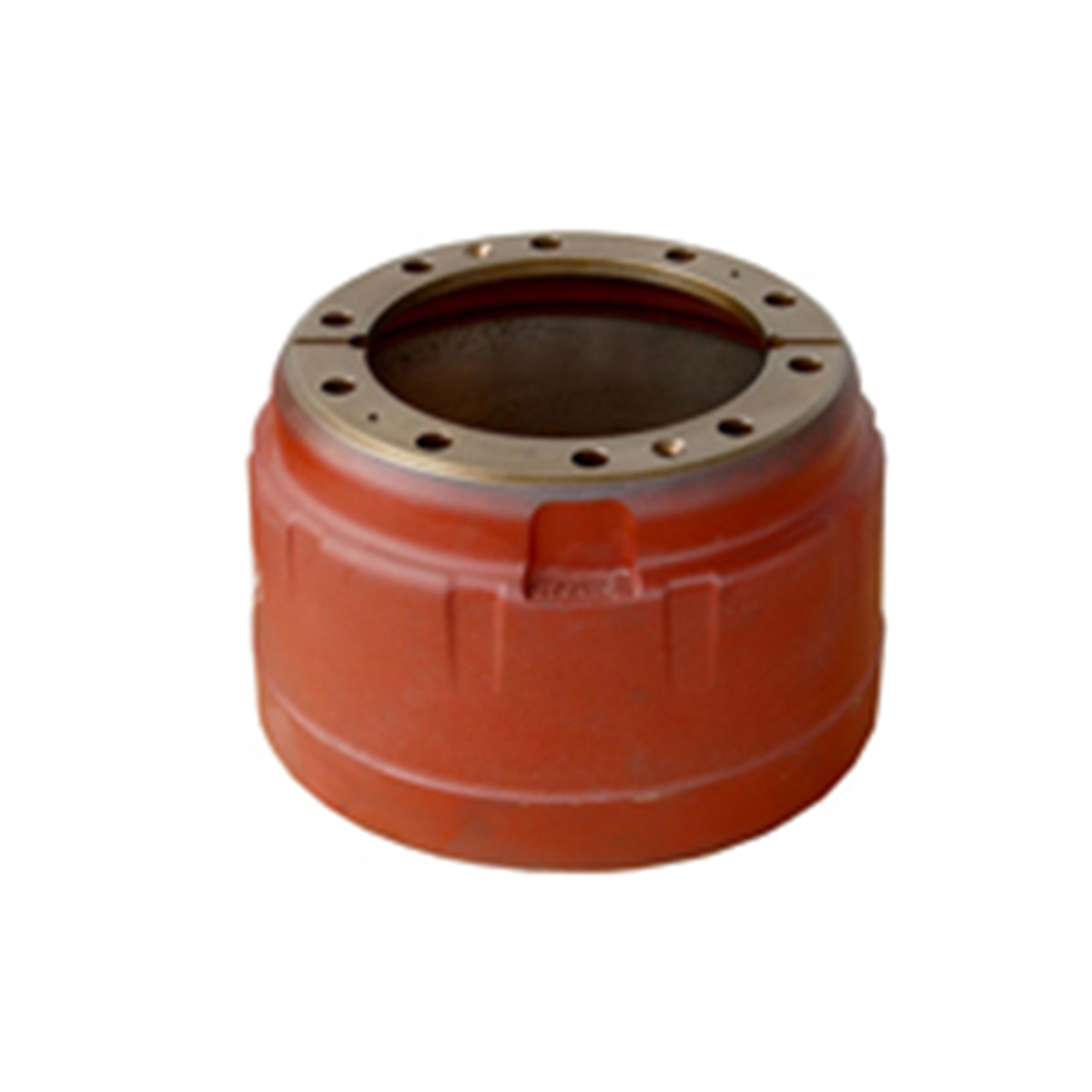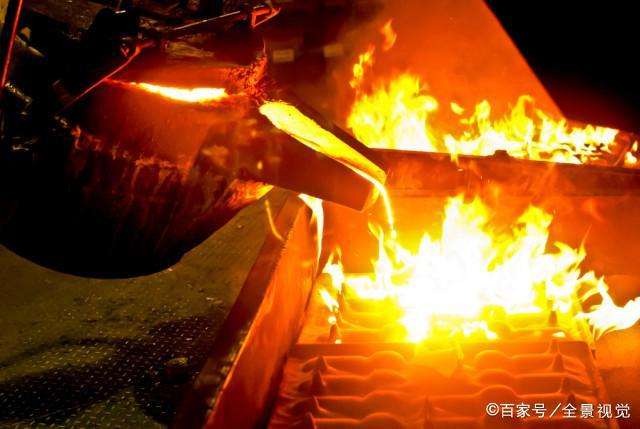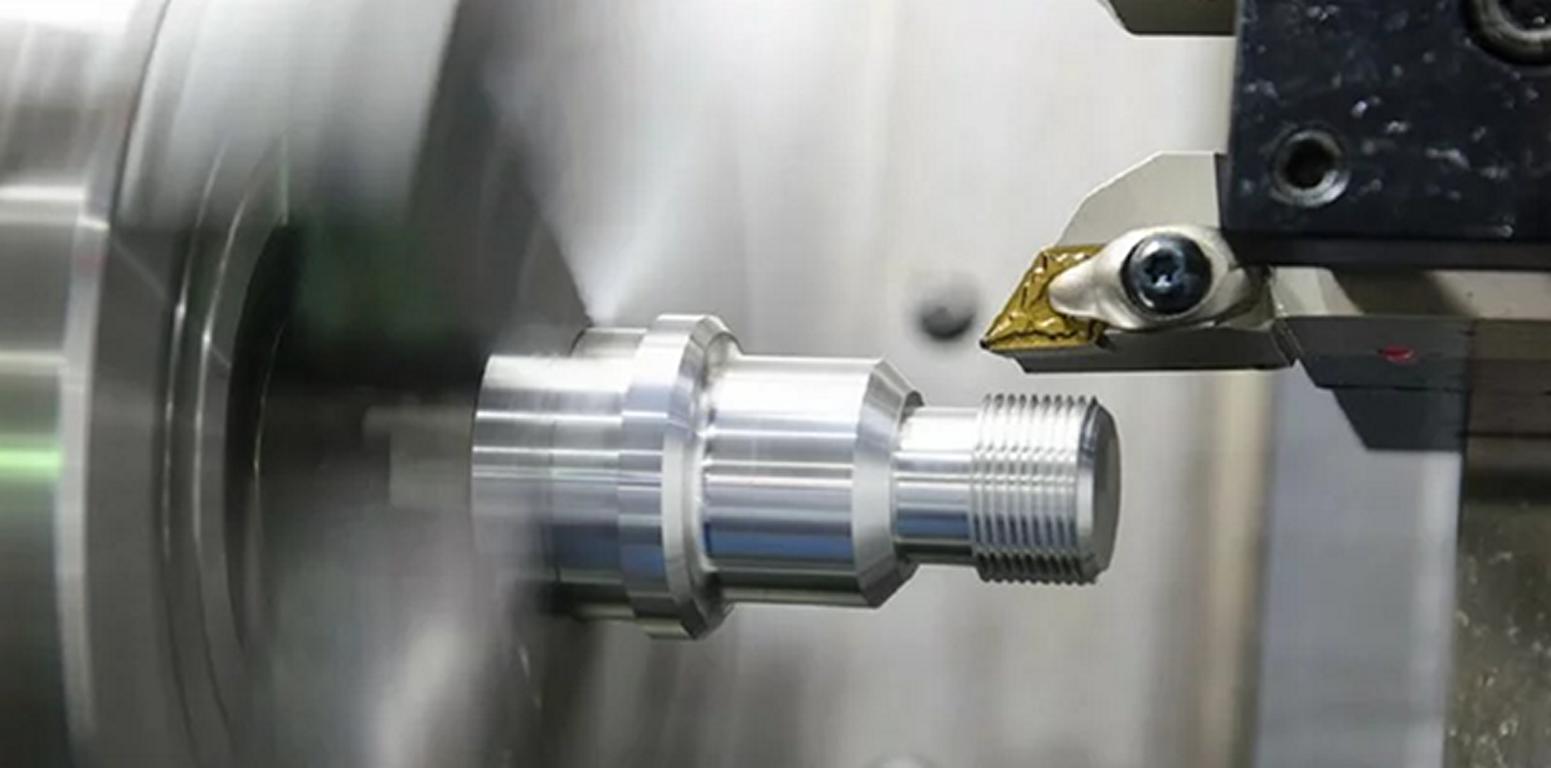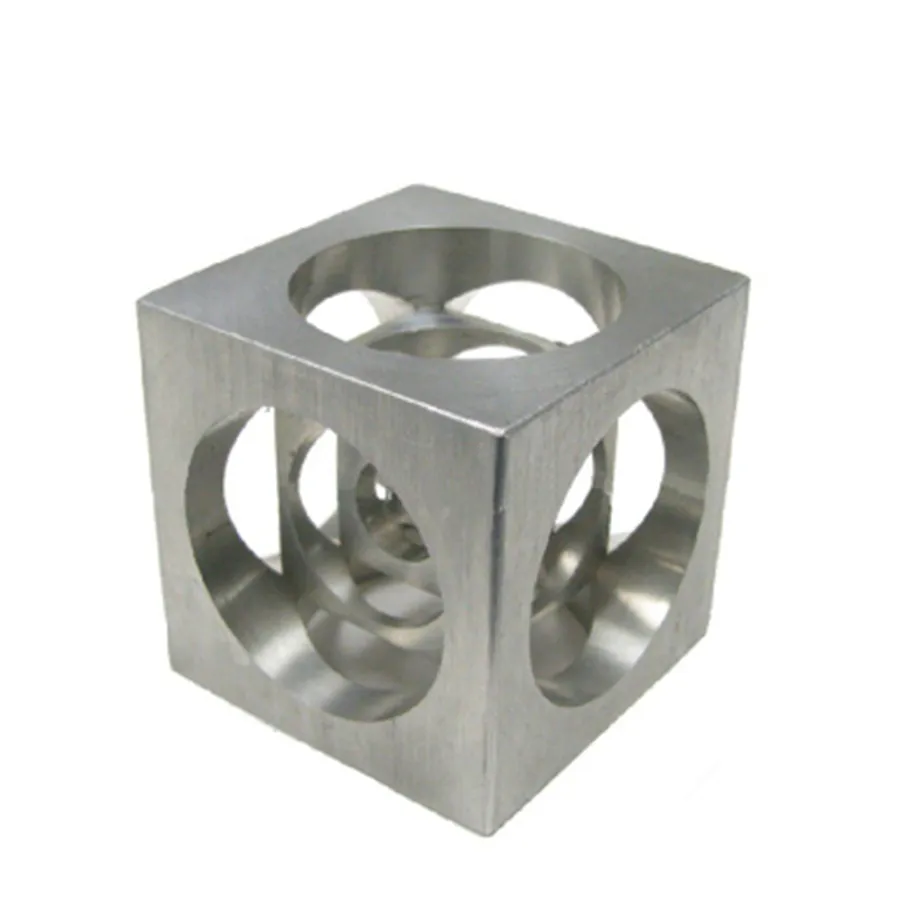
Annealing refers to a process used in various fields, most notably in materials science and computer science/optimization.
1. Materials Science (Physical Annealing)
In metallurgy and materials science, annealing is a heat treatment process applied to metals, alloys, or glass to alter their physical and chemical properties. The process involves:
Heating: Raising the material to a specific temperature (below its melting point).
Soaking: Holding the material at that temperature to allow internal structural changes (e.g., relieving stresses, redistributing atoms).
Slow Cooling: Gradually cooling the material (e.g., in a furnace) to lock in the desired microstructure.
Purpose:
Reduce hardness and brittleness.
Improve ductility and machinability.
Eliminate internal stresses or defects.
Enhance electrical conductivity or magnetic properties.
Types of Annealing:
Full Annealing: Complete recrystallization for maximum softness.
Process Annealing: Partial treatment to restore ductility during manufacturing.
Stress Relief Annealing: Removes residual stresses without altering microstructure.
- Computer Science/Optimization (Simulated Annealing)
In computer science, simulated annealing is a probabilistic optimization algorithm inspired by the physical annealing process. It is used to approximate global optima in complex systems with many local minima.
How It Works:
Metaphor: Mimics the heating and cooling process.
Temperature Parameter: Controls the probability of accepting worse solutions (to escape local optima).
Cooling Schedule: Gradually reduces the “temperature,” making the algorithm more deterministic over time.
Applications:
Traveling Salesman Problem (TSP).
Machine learning hyperparameter tuning.
Circuit design and scheduling.
Key Features:
Exploration vs. Exploitation: Early stages allow “bad moves” (exploration), later stages focus on refining solutions (exploitation).
Stochastic Nature: Avoids getting trapped in local optima.





